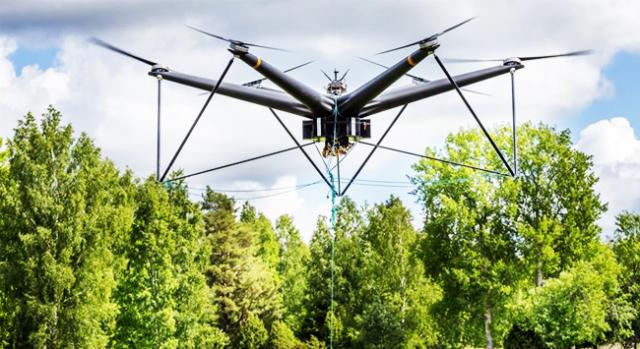This year’s International Day of Forests theme, ‘Forests and Innovation: New solutions for a better world,’ might be seen as intentionally challenging. It suggests a shift in perception, as the Forestry sector is often viewed not as a hub of Innovation, but rather as conservative and lacking transparency.
Related Articles
But it’s time for that perception to be updated – and for governments, funders, and investors to rally behind the array of innovations that hold potential to create positive change in the sector, and contribute to many other sectors, too. The life of a human literally depends on forests: there is no escaping the rapidly changing context and worst impacts of the climate, food, and biodiversity crises without successfully adapting and innovating to better protect, restore, and manage the planet’s forests.
What exactly constitutes innovation? It extends beyond just new technologies to include fresh policies, institutions, and governance models. There are three primary categories of innovation to consider:
- Transformative
- Disruptive
- Incremental
Incremental innovation involves enhancing existing products by adding features, refining processes for increased efficiency, and entering new markets. This type of innovation, which is easier to predict and plan for, typically emerges from enhanced processes or a deeper understanding of the market, following a linear progression. In the forestry sector, examples of incremental innovation include reduced-impact logging, heightened efforts to preserve forests with high carbon stock or conservation value, improved breeding practices for more productive and sustainable plantation forestry, and ‘precision forestry,’ which employs advanced technologies to enhance forest management outcomes.
With regards to forestry, the specific innovation recognised as transformative often comes from other sectors and requires more time, dedication and effort to be adopted and tailored for specific forestry segment. It mmust lead to the versatility of the innovation. Now, the fact is, the existence of the technology and/or enabling environment to expand the use of the innovation; and strong, yet unknown, demand for the products of this innovation – the latter being the condition for transformative innovation to become disruptive.
Right now, there are more examples of ongoing, potentially disruptive innovation in the forestry sector than many people realize.
For instance, biotechnology advances are being used to tailor trees in plantations, such as by reducing the amount of lignin in wood to improve pulp yield or increasing it to produce biomass for energy, and increasing the amount of cellulose-derived sugars for bio-plastics or bio-fuels.
Digitisation also plays an intergral role in forestry and woodworking industry simultaneously. Drones are used in these fields are equipped with new sensors, combined with more and more accessible and accurate satellite data and supported by increasingly affordable data storage, distributed calculation capacities, AI-driven analysis, and virtual reality, will enable us to manage entire forest and plantation operations. Real-time data is helpful in this case, combining information across different scales on the health and productivity of forest stands, ecosystem services, and more.
Source: Forest News
Read more news on: Forestry
The post Why innovation in forestry is important to gain a green transformation? first appeared on Wood & Panel Europe.

